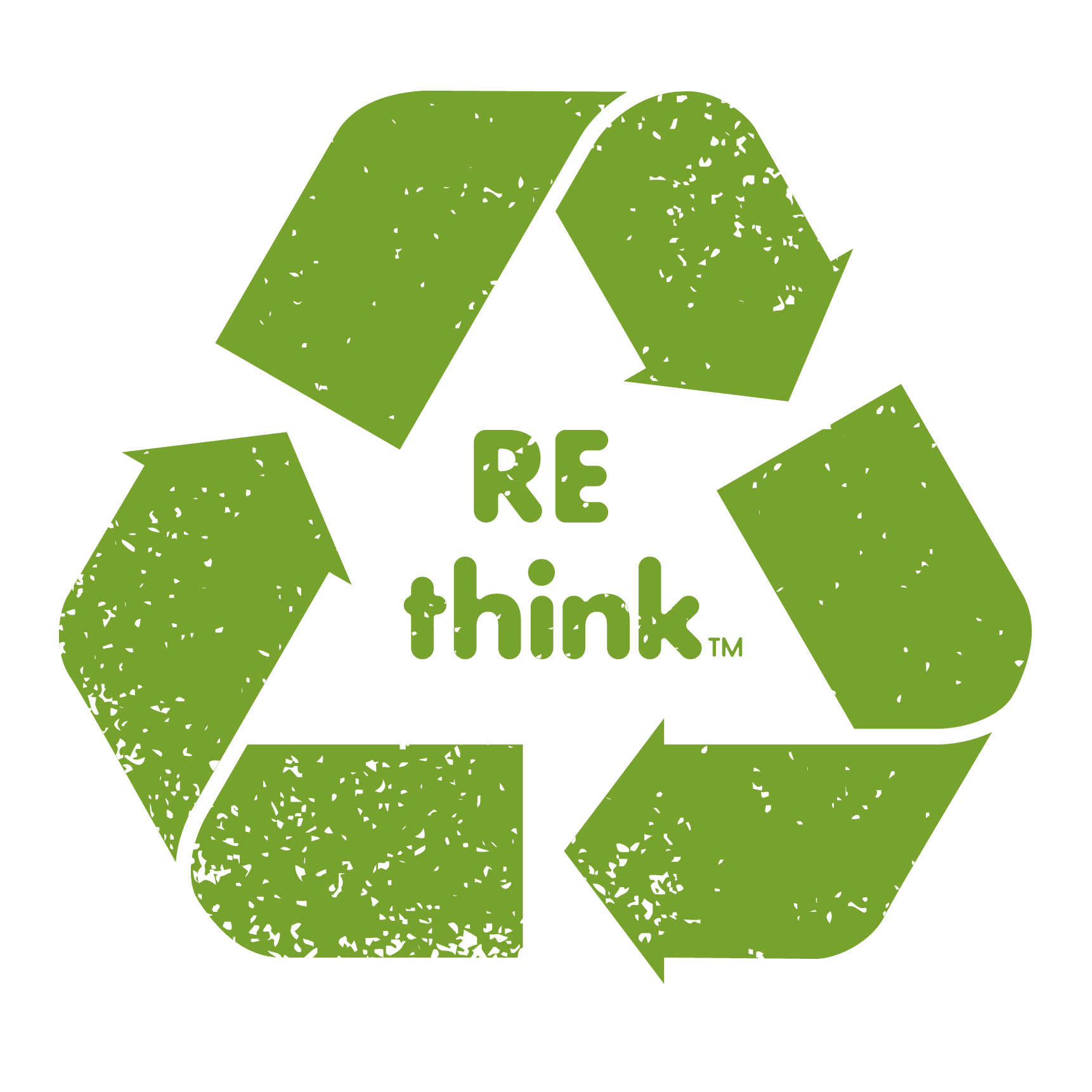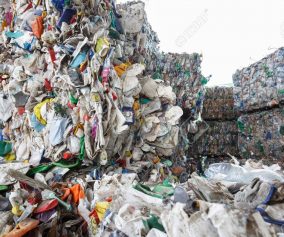It’s a fairly well-documented fact that, at the most, only 25% of recyclable plastic in the US is actually designated for the recycling process. (This is not the same thing as saying that a quarter of the plastic actually gets recycled, but we’ll get to that one later.) The one thing you can be sure of, however, is that the little triangular symbol you see on plastic items – the “chasing arrows” device – means that it is recyclable, if only we as a society had the will to make it so. Right?
Actually, no. The chasing arrows symbol is totally meaningless. The only item of real information contained in the mark is the number inside the arrows, and that is only an indication of the general classification of the resin that was used to make the item. Type 1, for example, is PET (Polyethylene Terephthalate). These are the beverage bottles, the rope and the prescription bottles. These are among the most commonly recycled plastics.
Type 2 is HDPE (High-Density Polyethylene) and it is fairly often recycled as well. These are the milk jugs and the shampoo bottles, stuff like that.
Then there’s type 3, PVC (Polyvinyl Chloride). And Type 4, LDPE (Low-Density Polyethylene), your single-use grocery bags, squeezable bottles, etc. Type 5 is PP (Polypropylene) and Type 6 is PS (Polystyrene), what we commonly refer to as Styrofoam. Last comes Type 7, the miscellaneous class of plastics, ones that don’t use quite the same formulas as the others. Things like CD’s and medical storage containers would find themselves in here. None of these classes, Type 3, 4, 5, 6, or 7, are recycled. The problem is that with some of them, recycling is simply not possible; with others, it’s just not cost-effective. (There are some places where Type 4 or Type 6 are being recycled, but not many… it seems unlikely that it will catch on.)
So there’s today’s myth. Just because your piece of plastic might be in the 25% that finds its way into a recycle bin, don’t think that means it is going to make another round. More than likely, it won’t.















